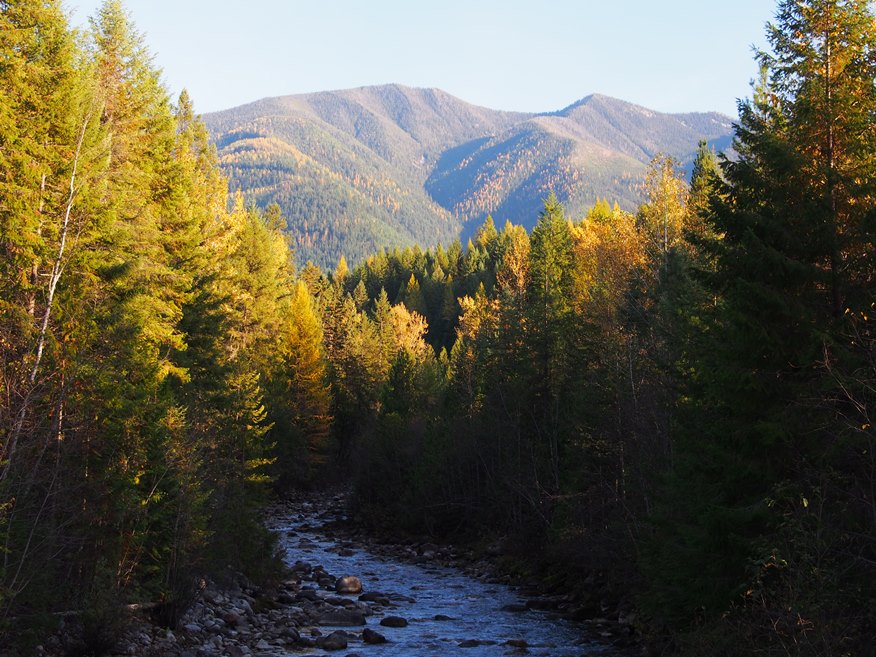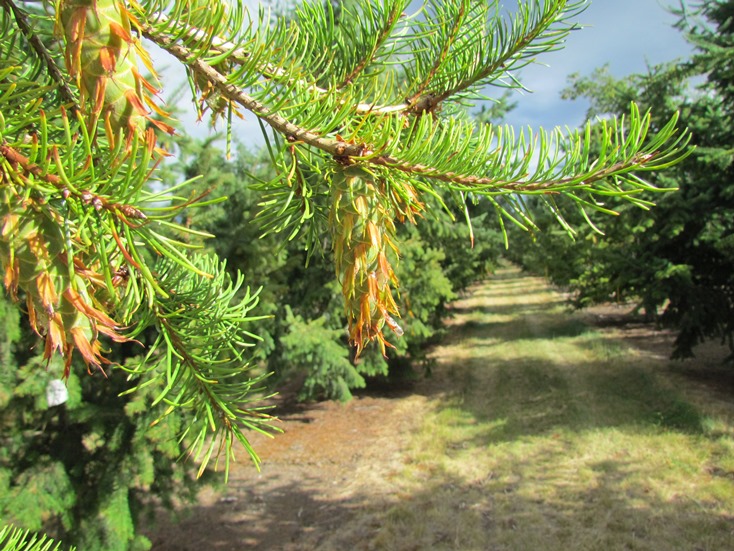Trends in Forest Tree Seed Use in B.C. (1987-2023)
Conserving and managing forest tree genetic resources is the foundation for economic, social, cultural and ecological goods and services that flow from British Columbia's forests. Tracking forest tree seed use from source to planting site is important for assessing B.C.’s forest genetic resources. This information supports the continuous improvement of genetic conservation and resource management plans, strategies and actions, including seed use best management practices used in reforestation. This indicator investigates the trends in forest tree seed use in regenerating B.C.'s forests from 1987 to 2023.
- Maintaining genetic diversity ensures forest ecosystems are healthy, diverse, and productive. Genetically diverse forests are more resilient to natural disturbances and climate change.
- The average area of B.C's Crown land reforested through planting over the past ten years is approximately 195,700 hectares per year (2014-2023). This 10-year average is slightly more than the previous average of approximately 177,400 hectares per year (2004-2013).
- Select seed is tree seed that is collected for specific genetic traits such as growth, pest resistance, and wood density. Select seed is sourced from orchards and natural stands. The proportion of Crown land planted with select seed has steadily increased over the past two decades and was 68% of tree seed use in 2023.
- Climate Based Seed Transfer is a climate adaptation strategy that matches seed sources (seedlots) to climatically suitable planting sites. The strategy was fully implemented in 2022 through amendments to the Chief Forester Standards for Seed Use.
Visit Tree Seed to learn more about tree seed use in B.C., and the provincial Tree Improvement Program, which helps guide reforestation and silviculture investments through forest genetic research, tree breeding and seed orchard programs. Visit Climate Based Seed Transfer to learn about the science, policy, and tools available to help make suitable climate based seed transfer choices.
Forest Regeneration by Tree Seed Source in B.C.
- After a disturbance by forest fire, forest pest or forest harvest, reforestation occurs by natural regeneration or by planting. Seed used for planting may be from one or more genetic sources: orchard, natural stand superior provenance (superior seed), and natural stand non-superior provenance (non-superior seed).
- Extensive research trials have shown that orchard and natural stand seed sources are better for tree growth, pest resistance, and wood density.
- The area of B.C. that is planted instead of naturally regenerated has changed from 1987 to 2023. In 2023, the most used seed source was natural stand non-superior (45.8%), followed by orchard (45.5%), natural regeneration (4.7%), and natural stand superior (3.9%). Prior to 2023, orchards were the most common seed source over the past 10 years.

Lemon Creek Watershed, British Columbia Photo credit: Jack Woods
Select Seed Use by Natural Resource District in B.C.
- Trends in select seed use are variable at the natural resource district level. This is partly due to the availability of regionally-specific tree species in orchards. Annual or periodic fluctuations in orchard cone crops and seed inventories also influence select seed use at local levels.
- Select seed use has increased provincially at a steady rate since the early nineties: 1987 - 0%, 1994 - 12%, 2001 - 35%, 2009 - 51%, 2016 - 64% and 2023 - 52%.
- The maps below display the percentage of select seed use by natural resource district reported in 6-year snapshots from 1987 to 2023. In 2023, the percentage of select seed used ranged from 15% in Omnica Natural Resource District to 94% in Haida Gwaii Natural Resource District.

Interior Douglas-fir Seed Orchard, British Columbia Photo credit: Jack Woods
Methods
View the methods used to develop these measures (PDF, 1.2MB). The R code for creating the graphs presented on this page is available on GitHub.
For more information on this indicator or on Forest Tree Seed Use in British Columbia contact the Forest Improvement and Research Management Branch at FORHTIP.SEEDHELP@gov.bc.ca.
References and Other Useful Links
Data
*By accessing these datasets, you agree to the licence associated with each file, as indicated in parentheses below.
Download a printable version of this indicator (PDF, 1.2MB)
Updated November 2025
Suggested Citation: Environmental Reporting BC. 2025. Trends in Forest Tree Seed Use in B.C. (1987-2023). Ministry of Forests, Lands, Natural Resource Operations and Rural Development, British Columbia, Canada.


